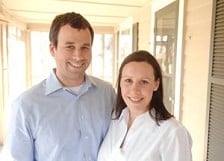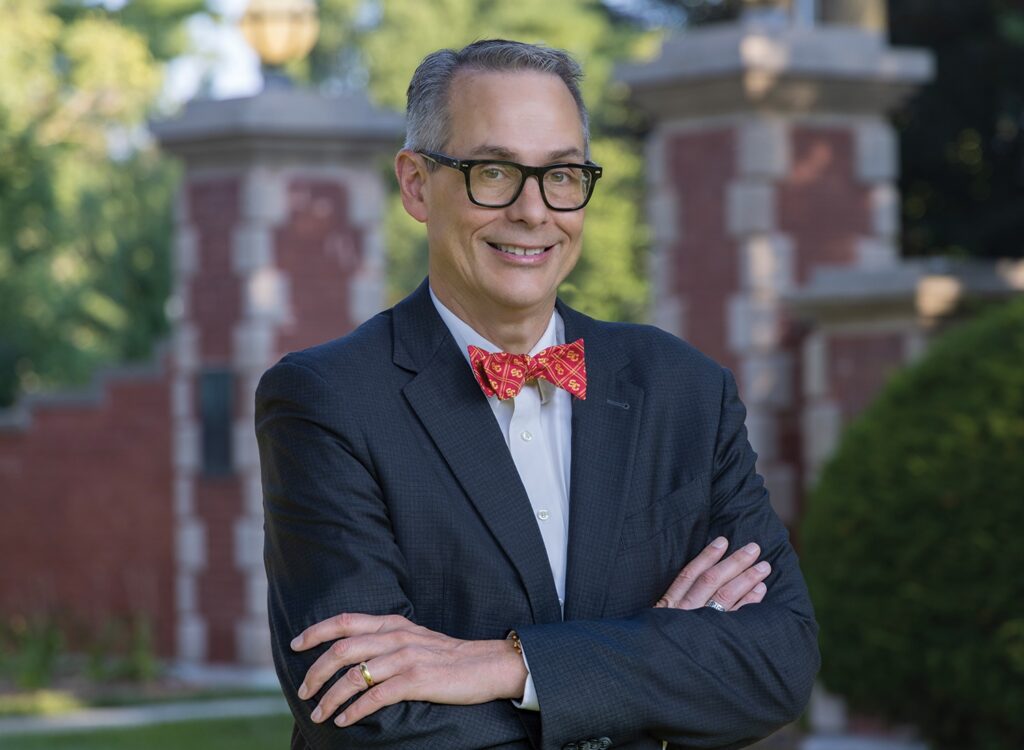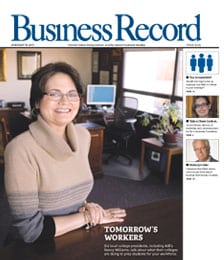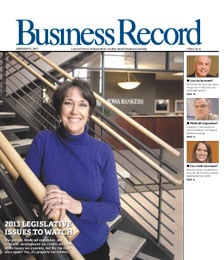Seeds of philanthropy

.bodytext {float: left; } .floatimg-left-hort { float:left; margin-top:10px; margin-right: 10px; width:300px; clear:left;} .floatimg-left-caption-hort { float:left; margin-bottom:10px; width:300px; margin-right:10px; clear:left;} .floatimg-left-vert { float:left; margin-top:10px; margin-right:15px; width:200px;} .floatimg-left-caption-vert { float:left; margin-right:10px; margin-bottom:10px; font-size: 12px; width:200px;} .floatimg-right-hort { float:right; margin-top:10px; margin-left:10px; margin-bottom:10px; width: 300px;} .floatimg-right-caption-hort { float:left; margin-right:10px; margin-bottom:10px; width: 300px; font-size: 12px; } .floatimg-right-vert { float:right; margin-top:10px; margin-left:10px; margin-bottom:10px; width: 200px;} .floatimg-right-caption-vert { float:left; margin-right:10px; margin-bottom:10px; width: 200px; font-size: 12px; } .floatimgright-sidebar { float:right; margin-top:10px; margin-left:10px; margin-bottom:10px; width: 200px; border-top-style: double; border-top-color: black; border-bottom-style: double; border-bottom-color: black;} .floatimgright-sidebar p { line-height: 115%; text-indent: 10px; } .floatimgright-sidebar h4 { font-variant:small-caps; } .pullquote { float:right; margin-top:10px; margin-left:10px; margin-bottom:10px; width: 150px; background: url(http://www.dmbusinessdaily.com/DAILY/editorial/extras/closequote.gif) no-repeat bottom right !important ; line-height: 150%; font-size: 125%; border-top: 1px solid; border-bottom: 1px solid;} .floatvidleft { float:left; margin-bottom:10px; width:325px; margin-right:10px; clear:left;} .floatvidright { float:right; margin-bottom:10px; width:325px; margin-right:10px; clear:left;} tr.d0 td { background-color: #ccccff; color: black; }
Zac Voss and his wife, Sarah, enjoy visiting the Clair and Miles Mills Rose Garden in Greenwood Park near their home nearly every day.
“I don’t know who (the Millses) were or anything about them, but we love walking around the rose garden and the legacy they have left,” Zac Voss said. It’s just one of the many examples of giving back to the community, he said, that inspired the young couple to begin building their own philanthropic legacy now.
The Vosses are among the first Central Iowans to establish an Acorn Fund through the Greater Des Moines Community Foundation (GDMCF).
Through this new philanthropic program, people can seed their own permanent endowment fund with an initial contribution of $1,000, with a pledge to add at least $600 more each year until it reaches $10,000. At that point, the donor can advise how annual distributions will be made to support their favorite cause or charities. Normally, someone would have to plunk down at least $10,000 in a lump sum to form an endowment fund.
“It’s designed to reach out to the younger demographic,” said Ashley Canney, the Community Foundation’s affiliates director, who led the way in developing the Acorn Fund program. “You don’t do any grant making until you reach that $10,000 level, but others can give to your fund for your birthday, for instance. So it’s a great way to build your charitable vehicle with minimal contributions.”
Tax advantage
In addition to allowing people to gradually build a permanent endowment, Acorn Fund contributions also qualify for the Endow Iowa program, which provides a 20 percent state tax credit in addition to the normal state and federal deductions for charitable gifts.
Since its creation by the Iowa General Assembly in 2003, Endow Iowa has leveraged new charitable giving to permanent endowments by more than $42.5 million statewide, through an annual allocation of $2 million in state tax credits. This year, the available credits will be boosted by one-tenth of 1 percent of the state’s gaming revenue, which is expected to add more than $1 million to the base allocation of $2 million. A bill under consideration at the Statehouse would bump up that base amount to $3 million.
By the end of March, state officials estimated that about half the 2008 credits had already been claimed.
Awareness of Endow Iowa, and with it the pace at which the tax credits are claimed, has increased every year, said Kaye Lozier, the GDMCF’s development director.
“We have some donors who have done this for several years, and they’re kind of on a schedule to add to their fund to take advantage of the credits, and they know they should do it early,” she said. “Also, the professional adviser community is aware of the Endow Iowa tax credits and the fact that they go early in the year. This time of year, several may call and say, “I have a client interested in a gift; are credits still available?'”
In the first full year of the program, 2005, the credits lasted nearly until the end of the year. In 2006, they were used up by Oct. 12, and last year, the credits were gone by June 15, Lozier said. Because numerous community foundations statewide are requesting credits for their donors at the same time, it’s difficult to gauge how long the credits will be available, she said.
“It’s like an hourglass running out,” Lozier said. “It seems real slow at first, but then when it gets to the end – whoosh, it’s gone.”
The Legislature created a related program in 2004 designed to spur the creation and growth of smaller community foundations in rural counties throughout the state. That program, the Iowa Community Affiliate Network (Iowa C.A.N.), provides another means for individuals in those counties to form or contribute to permanent endowments and receive Endow Iowa tax credits. Each year, 25 percent of the credits are reserved for the Iowa C.A.N. affiliates until Sept. 15 to ensure that these smaller organizations will have an equitable share of credits to draw from, Canney said.
Gifts structured under permanent endowment are held by the community foundations, which invest the funds to generate returns while preserving the original donation. Under Iowa law, no more than 5 percent of a permanent endowment set up to qualify for Endow Iowa credits can be distributed per year. A second Endow Iowa requirement is that all the distributions must be made to Iowa charities. “So none of this money is going out of state, which was really the rationale for creating this program,” Lozier said.
A study conducted by Iowa State University’s Community Vitality Center estimated that $531 billion in wealth will pass from one generation to the next in Iowa by 2050, with Polk County expected to average nearly $490 million in wealth transfers annually.
A bigger pie
The Greater Des Moines Community Foundation, the biggest in terms of assets of the 11 large community foundations in the state, last year received 42 Endow Iowa gifts to new or existing endowment funds totaling more than $2.27 million. Additionally, smaller affiliate foundations of the GDMCF in a 30-county area outside Polk County took in more than $516,000 through 146 gifts last year through Iowa C.A.N.
Endow Iowa appears to be making the philanthropy pie bigger, Lozier said. “So far in 2008, I’ve submitted 51 applications for tax credits, and 31 of those are new dollars; they’ve never done Endow Iowa credits before,” she said. “So I think they are people who either haven’t heard of it and all of a sudden they have, or they’ve been watching it and they’re finally ready to jump into this program they think they understand now.”
Some donors were particularly careful in testing the waters, Canney said. One older Story County donor, for instance, made an initial contribution of $8 to see how it worked. “She’s now given to four different nonprofits agencies in Story County – $10,000 each,” Canney said. “So that’s what the program can do.”
When Endow Iowa began issuing tax credits in 2004, just a handful of affiliate community foundations existed, Canney noted. By year-end 2007, the number had grown to 128 affiliates, which include county endowment funds, community funds set up under the counties’ organizations, as well as donor-advised funds and nonprofit agency funds that have been set up within the communities.
Acorn Fund donors represent the next generation of philanthropists.
Zac Voss, a 31-year-old entrepreneur who founded his own beverage distribution business, and Sarah, who teaches Spanish and French at Roosevelt High School, said education and international understanding are two areas where they’ll want to direct their endowment’s earnings as a way to give back to the community.
“One of the cool things about the Acorn Fund,” he said, “is that you don’t have to decide exactly what (the benefiting charities) will be right now. It’s almost like a savings plan; it’s a way to give and to make it a part of your everyday life. Every year that we’ll be writing a check, we’ll know that it’s going into an endowment that will exist forever.”
“Des Moines is a really unique place,” said Sarah Voss, who is originally from the Channel Islands in Great Britain. “There’s a very strong sense of community, especially in giving. That was one of the first things I noticed, that people were very willing to accept you, welcome you and help you. So many people helped me professionally and personally.”








